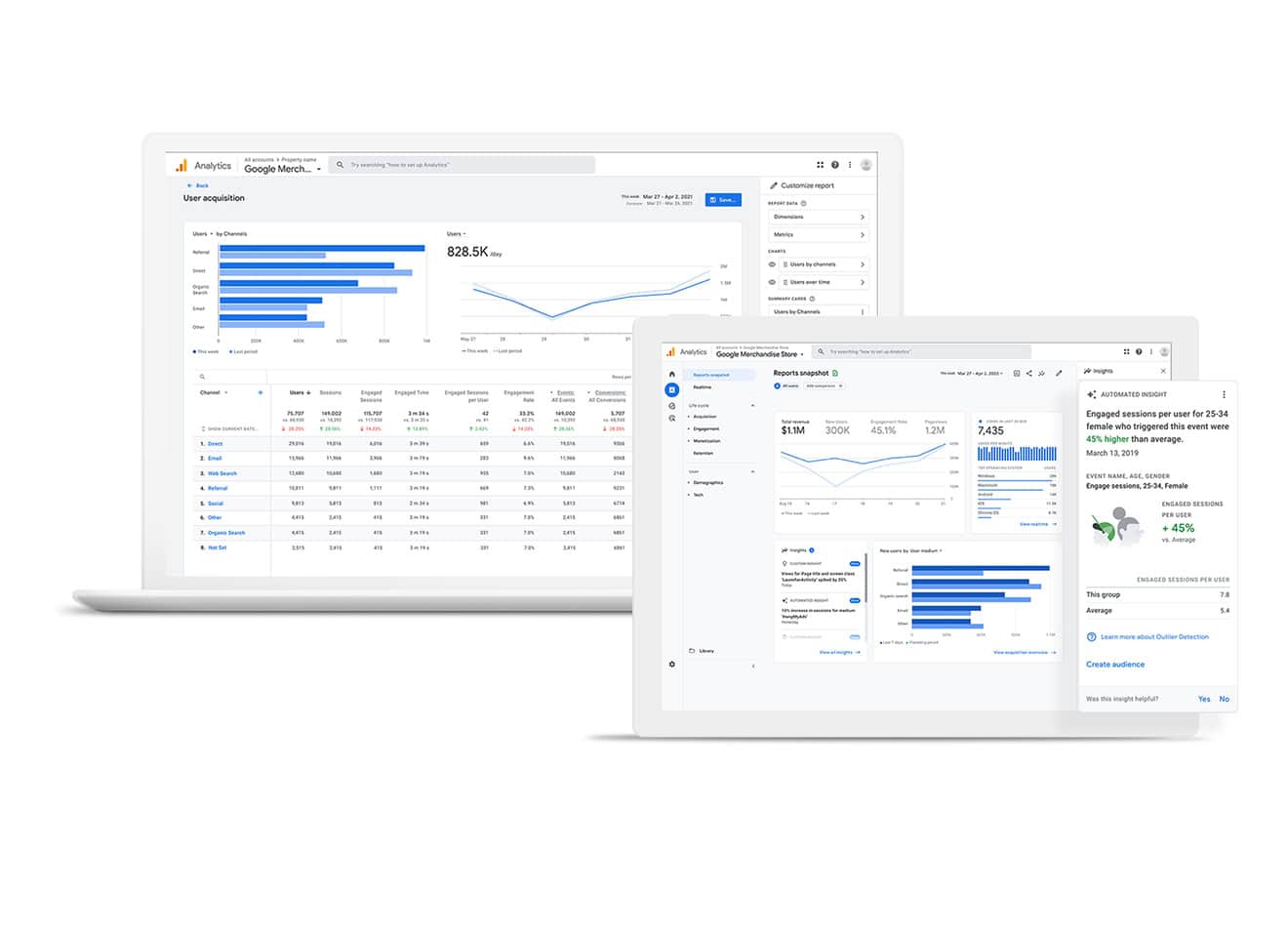Mastering Google Ads: A Complete Guide to Successful Campaign Management In the constantly changing world of digital marketing, Google Ads is a potent instrument for companies looking to increase their online presence and boost conversions. Any advertising campaign’s success, though, depends on a methodical strategy. In order to ensure that you reach your target audience and accomplish your marketing goals, this article will walk you through the crucial steps involved in creating and managing successful Google Ads campaigns. Any effective advertising campaign starts with a thorough understanding of your target market. Creating messages that resonate requires an understanding of your target audience’s demographics, needs, and online behavior.
Key Takeaways
- Understanding your target audience is crucial for creating effective ad campaigns
- Setting clear objectives and goals will help you stay focused and measure success
- Utilizing data and analytics can provide valuable insights for optimizing ad performance
- Creating compelling and relevant ad content is essential for capturing audience attention
- Testing and optimizing ad campaigns is necessary for continuous improvement and success
- Leveraging different ad platforms can help you reach a wider audience and diversify your strategy
- Monitoring and measuring ad performance is important for evaluating the success of your campaigns
- Adapting and adjusting strategies based on performance data is key for long-term success in advertising
Commence by developing comprehensive buyer personas that encompass demographic data, hobbies, issues, and online conduct. This will enable you to modify your advertisements to better suit the demands of your target market. Also, think about breaking up your audience into groups according to different factors like location, age, and past purchases. More individualized ad experiences are made possible by this segmentation, which raises the possibility of interaction. A neighborhood bakery might, for example, target advertisements to people in a certain area who have expressed interest in baked goods or healthy eating.
Understanding the tastes and routines of your audience will help you produce advertisements that not only grab attention but also motivate action. Setting Specific Goals for Your Google Ads Campaigns. Knowing who your target market is is only the first step. Clearly defining your Google Ads campaigns’ aims & objectives is the next essential step. These goals ought to be time-bound, relevant, quantifiable, achievable, and specific (SMART).
establishing SMART objectives.
Having clear objectives will help you measure success & guide your campaign strategy, regardless of your goals—whether they are to increase website traffic, generate leads, or boost sales. Creating Ads That Are Targeted. For instance, you can create targeted ad campaigns that concentrate on increasing clicks to your website if your objective is to boost website traffic by 30% during the upcoming quarter. Also, to track how well your ads are performing in relation to these objectives, think about implementing conversion tracking.
| Metrics | Value |
|---|---|
| Click-Through Rate (CTR) | 5% |
| Cost Per Click (CPC) | 0.50 |
| Conversion Rate | 10% |
| Return on Ad Spend (ROAS) | 500% |
Using Data Insights to Improve Your Strategy. You will be able to continuously improve your strategy by using this data to gain insightful knowledge about what is effective and what requires modification. Data is paramount in the field of digital marketing. Effective use of data and analytics can greatly improve your Google Ads campaigns’ performance.
To learn more about how users interact with your website, start by utilizing Google Analytics. You can use this tool to learn which pages users visit most frequently, where they leave your site, & what they do after clicking on your advertisements. In addition, Google Ads offers powerful reporting tools that let you monitor key performance indicators (KPIs) like cost per acquisition (CPA), conversion rates, and click-through rates (CTR). You can find trends & patterns that guide your advertising strategy by routinely examining this data. For example, it can be time to review your landing page experience or ad copy if specific keywords are generating a lot of traffic but few conversions.
Your advertisements’ content is crucial to drawing in potential clients. Prioritize relevance and clarity when producing engaging advertising content. Make use of succinct language that effectively conveys the value proposition. Emphasize the unique selling points (USPs) that set your offering apart from those of your rivals.
Including powerful calls-to-action (CTAs) is also crucial. Phrases that entice users to act right away include “Shop Now,” “Get a Free Quote,” and “Sign Up Today.”. Also, to improve visibility & offer more information, think about utilizing ad extensions. By giving users additional reasons to interact, extensions like site links, callouts, and structured snippets can enhance your advertisements and increase click-through rates. An essential part of managing Google Ads successfully is testing.
You can compare different ad versions to see which one performs better by using A/B testing. To find the content that most appeals to your audience, test different elements like headlines, ad copy, images, and calls to action. The process of optimization ought to be continuous. To find underperforming keywords or ads, examine campaign performance data on a regular basis.
Bids should be modified in accordance with performance indicators; for example, they should be raised for high-performing keywords and spent less on low-return ones. Your advertising efforts will continue to be successful over time if you test and optimize your campaigns frequently. Although Google Ads is an effective tool for connecting with potential clients, it’s crucial to think about using other advertising platforms as well.
Social media sites like Facebook, Instagram, LinkedIn, and Twitter present special chances to interact with users in various ways and target particular demographics. Every platform has its advantages. For instance, Instagram is very visual and best suited for lifestyle products or brands with powerful imagery, whereas LinkedIn is best suited for business-to-business (B2B) marketing campaigns aimed at professionals. You can expand your audience and reaffirm your brand message through a variety of channels by varying your advertising strategy across different platforms. It’s essential to track and evaluate ad performance in order to determine how successful your campaigns are.
Make use of Google Ads’ integrated reporting features to monitor metrics like impressions, clicks, conversions, & ROI. Create personalized dashboards that let you quickly view important data points. Your routine should include regular performance reviews. Examine patterns over time to spot seasonal variations or changes in customer behavior that could affect your advertising. You can make wise decisions about where to put resources and how to modify your tactics by keeping up with the performance of your advertisements in real time.
Because of the ever-changing nature of digital marketing, flexibility is essential for managing Google Ads successfully over the long run. Be ready to adjust your tactics in response to market trends and performance data. For example, be prepared to look into new keywords or modify your bidding strategy if a specific keyword suddenly loses its effectiveness because of changes in consumer interest or increased competition.
Also, pay attention to new developments in technology and industry trends that may affect how users engage with advertisements. For instance, the popularity of voice search has altered how consumers look for goods and services on the internet. Your campaigns will continue to be effective and relevant in reaching your target audience if you modify your strategies to account for these developments. Ultimately, mastering Google Ads necessitates a strategic approach that includes knowing your target audience, establishing specific objectives, making good use of data, producing engaging content, testing frequently, utilizing a variety of platforms, closely observing performance, and making necessary strategy adjustments.
You can improve the efficacy of your advertising campaigns and produce significant outcomes for your company by carefully following these steps. Are you prepared to take your Google Ads campaigns to the next level? Get started by putting these strategies into practice right now, & see how your online presence expands!
For more information on best practices for digital marketing and professional advice on authority marketing, follow us at googleadauthority.com!
If you are looking to optimize your ad spend for carpet cleaning marketing, you may want to check out this article on carpet cleaning marketing in Peoria, Arizona. This article provides valuable insights and strategies for reaching your target audience effectively and efficiently. By implementing the tips and techniques outlined in this article, you can maximize the impact of your advertising dollars and drive more leads and sales for your carpet cleaning business.
FAQs
What is ad spend optimization?
Ad spend optimization refers to the process of maximizing the effectiveness and efficiency of advertising budgets. This involves analyzing and adjusting advertising campaigns to ensure that the budget is being used to reach the right audience and generate the best possible return on investment.
Why is ad spend optimization important?
Ad spend optimization is important because it allows businesses to make the most of their advertising budgets. By optimizing ad spend, businesses can ensure that their marketing efforts are reaching the right audience, generating leads, and ultimately driving sales.
What are some strategies for optimizing ad spend?
Some strategies for optimizing ad spend include conducting thorough audience research, testing different ad creatives and messaging, using data to make informed decisions, and regularly monitoring and adjusting campaigns based on performance.
How can businesses measure the effectiveness of ad spend optimization?
Businesses can measure the effectiveness of ad spend optimization by tracking key performance indicators such as return on ad spend (ROAS), cost per acquisition (CPA), click-through rates, conversion rates, and overall sales attributed to advertising efforts.
What are the benefits of ad spend optimization?
The benefits of ad spend optimization include improved targeting and reach, increased return on investment, better allocation of resources, and the ability to adapt to changing market conditions and consumer behavior.










